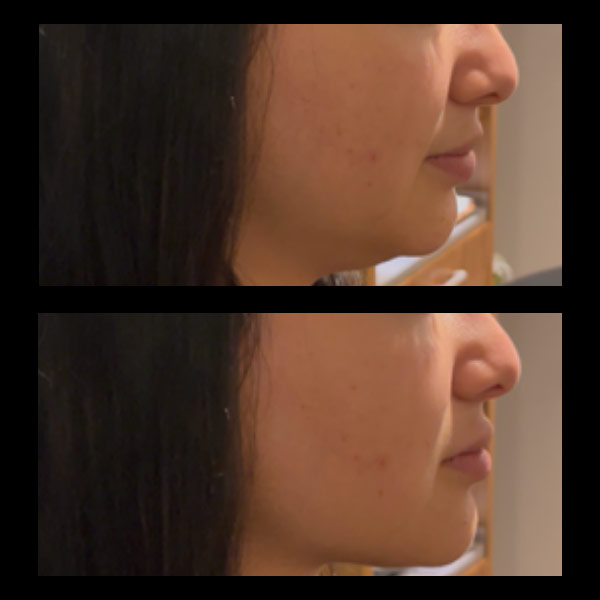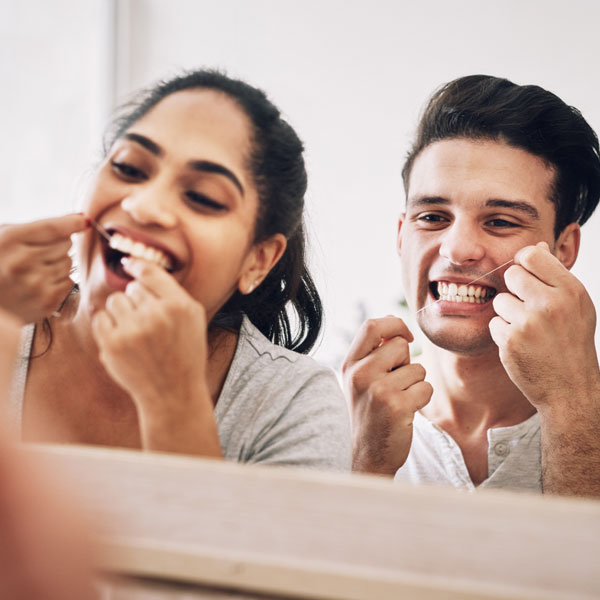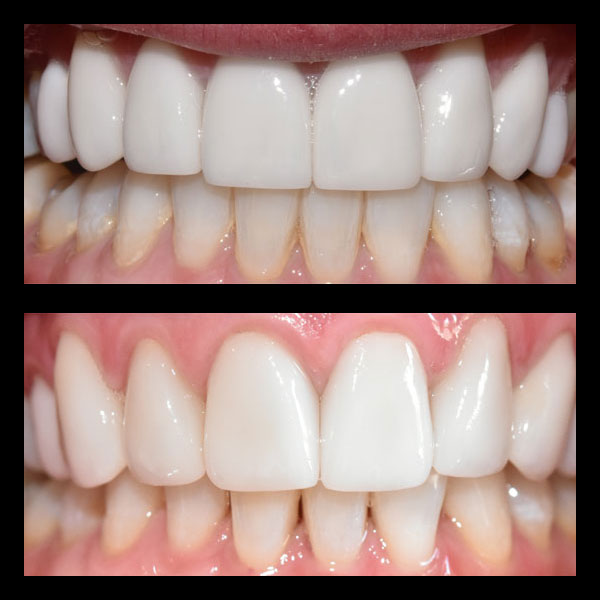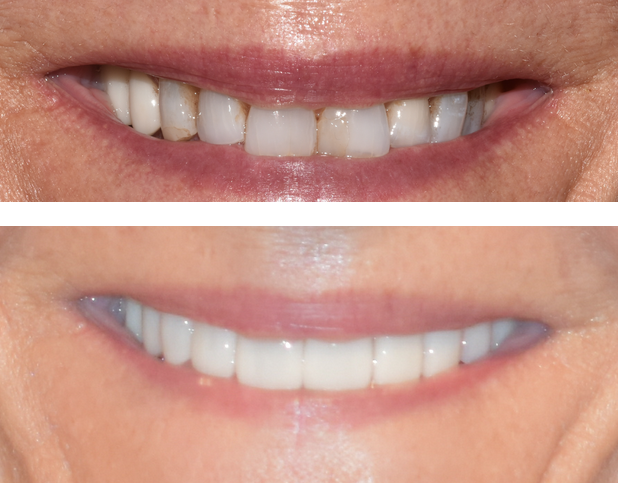Hey everyone, hope your April is treating you well! It’s 2025 already – wild, right? As someone deep in the world of smiles for over a decade, one thing that consistently fascinates me is how dentistry blends meticulous science with genuine artistry. We’re not just fixing teeth; we’re crafting confidence. And one of the most versatile tools in our cosmetic toolbox? Dental bonding. It’s a bit of an unsung hero, often overshadowed by flashier procedures, but trust me, its impact can be transformative.
Maybe you have a tiny chip that catches your eye in photos, or a small gap you wish wasn’t there. Perhaps years of coffee (guilty!) have left a tooth looking a little less bright than its neighbors. You want *something* done, but the thought of major dental work feels daunting. That’s where dental bonding often steps in. It’s a fantastic, minimally invasive way to address these little imperfections and significantly boost your smile’s aesthetics *and* function. Let’s dive into what makes this technique so special.
Understanding the Fundamentals of Dental Bonding
So, what exactly *is* dental bonding? In simple terms, it’s a cosmetic and restorative dental procedure where a tooth-colored composite resin material is applied, sculpted, hardened, and polished onto a tooth. Think of it like a skilled sculptor working with high-tech clay, but for your smile. Its primary role is within aesthetic dentistry – fixing chips, cracks, discoloration, small gaps, and even slightly altering the shape or length of teeth. However, it also plays a crucial role in restorative techniques, protecting exposed tooth roots or serving as a cosmetic alternative to amalgam fillings.
The magic lies largely in the material itself: a putty-like composite resin. This advanced material can be precisely matched to the shade of your natural teeth, making the repair virtually invisible. The process itself is usually quite straightforward and often completed in a single visit. Here’s a general rundown:
- Preparation: Minimal prep is needed! Unlike veneers or crowns, significant enamel removal isn’t typically required. The tooth surface is gently roughened (a process called etching) to help the bonding material adhere securely.
- Conditioning: A conditioning liquid is applied to further help the resin stick.
- Application & Sculpting: The tooth-colored resin, chosen to match your adjacent teeth, is applied directly to the tooth. This is where the artistry comes in – the dentist meticulously sculpts and shapes the resin to achieve the desired look, filling the chip, closing the gap, or covering the stain.
- Curing: Once sculpted, the resin is hardened rapidly using a special curing light (often a bright blue light). This bonds the material firmly to the tooth structure.
- Polishing: Finally, the bonded resin is carefully trimmed, shaped further if needed, and polished until it blends seamlessly with the natural tooth surface, mimicking its sheen and texture.
The benefits are pretty compelling. Primarily, it offers a significant aesthetic improvement, correcting imperfections and creating a more harmonious smile. Because it’s minimally invasive, it preserves the maximum amount of natural tooth structure, which is always a priority in good dentistry. It’s also generally quicker and more budget-friendly (initially, at least) than procedures like porcelain veneers. Functionally, it can restore the integrity of a chipped tooth, preventing further damage, and create a smooth surface that feels natural. The key to success? Precise application and meticulous customization to ensure the final result looks and feels completely natural – not like an obvious patch job!
The Art and Science Behind Dental Bonding
Successful dental bonding isn’t just about technical skill; it’s a delicate dance between clinical expertise and artistic vision. Anyone can stick resin on a tooth, but making it look like it *belongs* there, indistinguishable from the real thing? That takes a keen eye for detail, a deep understanding of tooth anatomy, light reflection, and color nuances.
The science part has seen some serious advancements, especially noticeable as we move through 2025. Gone are the days of guesswork. Modern dentistry leverages technology to enhance precision considerably. Digital scanning, for instance, allows us to create highly accurate 3D models of your teeth and bite. This isn’t just cool tech; it helps in planning the bonding procedure, visualizing the outcome, and ensuring the bonded tooth fits perfectly within your bite, avoiding future issues. While maybe not directly used for *applying* the bonding material itself moment-to-moment like in crown milling, the broader diagnostic tools like 3D cone beam imaging (CBCT) give dentists an unparalleled view of tooth structure and jaw relationships. This detailed understanding informs every treatment, including ensuring a bonded tooth restoration supports overall oral health and function.
This leads to highly personalized treatment plans. We’re not applying a one-size-fits-all solution. We look at your unique dental structure, your bite (occlusion), the specific aesthetic goals you have, and even how your lips move when you smile and speak. It’s about integrating the bonded tooth seamlessly into the bigger picture of your oral health. The procedural steps focus not just on looking good initially, but on ensuring durability and proper function. This involves careful material selection, meticulous layering techniques to mimic natural tooth translucency, and ensuring the bond is strong and the final restoration can withstand normal chewing forces. It’s restorative technique elevated by aesthetic sensibility.
How Incredible Smiles Sets a New Standard in Dental Bonding
Here in Boulder, Colorado, we at Incredible Smiles have been honing this blend of art and science for over 30 years. Our practice isn’t just about cosmetic dentistry; it’s about comprehensive care that encompasses general and restorative needs too. But when it comes to aesthetic treatments like dental bonding, our experience truly shines.
We don’t just keep up with technology; we embrace it because it allows us to deliver better, more predictable results for our patients. Utilizing tools like 3D cone beam imaging and precise digital scanning isn’t just for complex cases; it informs even seemingly simple procedures like bonding. This technology allows us, including our highly skilled team led by Dr. Priya Uppal and Dr. Lori Kemmet, to meticulously plan and execute bonding treatments, ensuring anatomical correctness and optimal aesthetic integration. Seeing the tooth and surrounding structures in minute detail means we can sculpt the resin with incredible accuracy.
Furthermore, bonding rarely exists in isolation. It’s often part of a larger plan. Perhaps bonding is used to refine a smile after Invisalign treatment, or maybe it’s combined with teeth whitening for a full smile refresh. We might use bonding for smaller fixes while recommending Veneers for more significant changes. Our integrated approach means we consider how bonding works alongside our other services – like Invisalign & Braces, Teeth Whitening, and comprehensive Smile Makeovers – to achieve your ultimate smile goals. We look at the whole picture.
Beyond the clinical excellence, we genuinely believe the patient experience matters. Our office is designed to feel more like a spa than a traditional dental clinic – warm, welcoming, and focused on your comfort. We also incorporate a holistic, physiologic (neuromuscular) approach. This means we pay close attention to how your teeth, muscles, and jaw joints work together. When performing bonding, we ensure the restoration not only looks beautiful but also functions harmoniously within your bite, preventing undue stress or potential TMJ issues down the line. It’s about creating smiles that are as healthy and comfortable as they are stunning.
Key Takeaways for a Lasting, Beautiful Smile
So, what does all this mean for you, the patient considering dental bonding? For those looking for minimally invasive cosmetic improvements, bonding offers fantastic long-term benefits. It’s conservative, effective, and can make a world of difference to your confidence without requiring extensive procedures.
If you decide to explore bonding, here’s generally what you can expect on your visit journey:
- Consultation: This is crucial. We’ll discuss your goals, examine your teeth, check your bite, maybe take some digital scans or photos, and determine if bonding is the best option for you. We’ll discuss shade matching and the anticipated outcome.
- The Procedure: As outlined earlier, this usually involves minimal preparation (etching), applying the conditioning agent, meticulously sculpting the color-matched resin, curing it with the light, and then shaping and polishing for that perfect, seamless finish. It’s typically painless, and anesthesia often isn’t even needed unless the bonding is being used to fill a cavity.
- Aftercare: This is pretty simple! For the first 48 hours, it’s wise to avoid staining agents like coffee, tea, red wine, and tobacco. Maintain good oral hygiene – regular brushing and flossing are essential. While the bonded material is strong, it’s not indestructible, so avoid biting fingernails, chewing on ice or pens, or using your teeth to open things. With proper care, bonding can last for several years before needing potential touch-ups or replacement.
Ultimately, aesthetic dentistry and restorative techniques like bonding are powerful tools for enhancing not just your smile’s appearance but your overall dental health. A well-executed bonding procedure doesn’t just look good; it feels comfortable and functions correctly.
Choosing the right provider is paramount. You need someone with the technical skill, the artistic eye, and the right technology to deliver results that are both beautiful and durable. It’s about finding that practice that truly understands the synergy between artistry and clinical excellence.
Here in Boulder, Incredible Smiles strives to be that practice. We combine decades of experience with advanced technology and a patient-first philosophy to create smiles that look amazing and support long-term health. If you’re curious about how dental bonding or our other cosmetic and restorative services could enhance your smile, we’d love to chat. Give us a call and let’s explore the possibilities together!
Frequently Asked Questions
What is dental bonding and how is it performed?
Dental bonding is a cosmetic and restorative procedure where a tooth-colored composite resin is applied and sculpted onto a tooth to fix chips, cracks, discoloration, and small gaps. The process involves minimal preparation, application of conditioning liquid, resin application and sculpting, curing with a special light, and final polishing.
What are the benefits of dental bonding compared to other dental procedures?
Dental bonding offers significant aesthetic improvement, is minimally invasive, preserves natural tooth structure, and is often quicker and more cost-effective initially than treatments like veneers. It can also restore the integrity of a chipped tooth and ensure a natural appearance.
What should I expect during a dental bonding procedure?
During a dental bonding procedure, expect a consultation to discuss goals and examine tooth structure. The procedure involves minimal prep, sculpting of the resin on your tooth, curing with a special light, and polishing the tooth surface. Usually, anesthesia isn’t needed unless bonding to fill a cavity.
How does the choice of materials affect dental bonding?
The use of putty-like composite resin in dental bonding allows for precise shade matching with natural teeth, making repairs nearly invisible. The material’s advanced properties support both aesthetic and functional dental restorations.
What aftercare is required following dental bonding?
After dental bonding, avoid staining agents like coffee or tobacco for 48 hours, maintain good oral hygiene, and avoid biting hard objects. With proper care, dental bonding can last several years before needing touch-ups or replacement.








